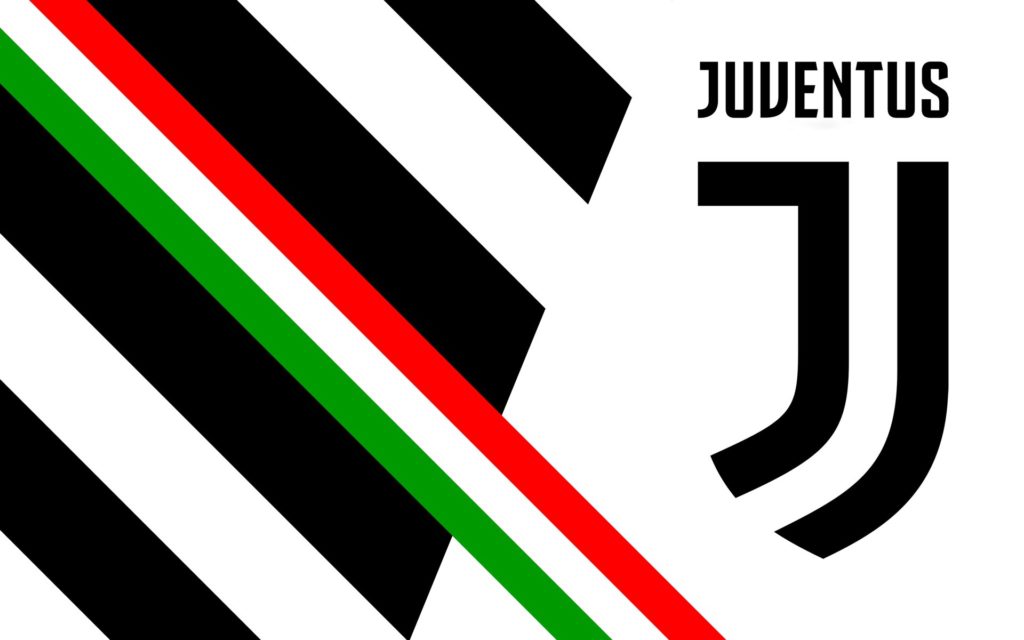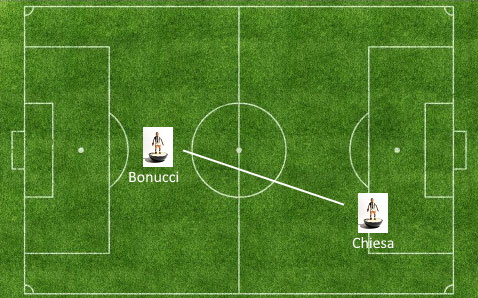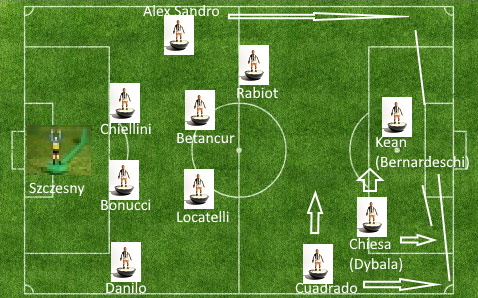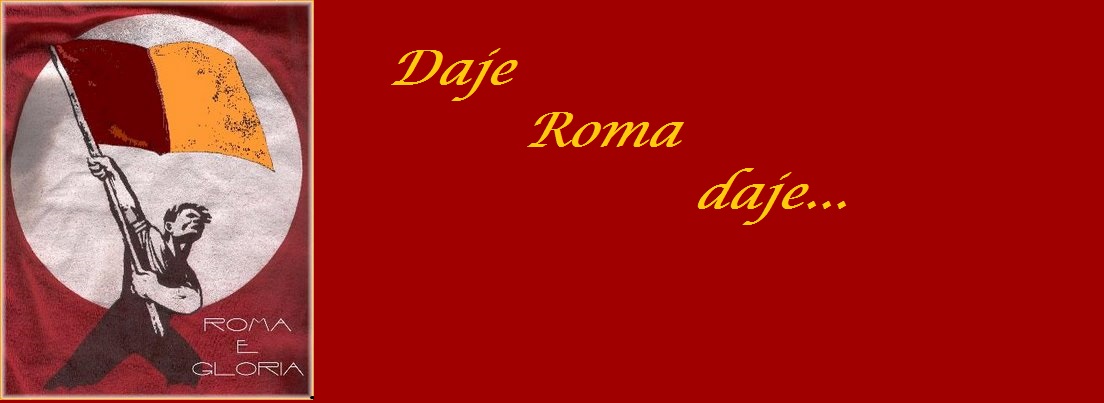Juventus.
Juventus and the Agnelli: a complicated relationship with Italy. Juventus is the most popular Italian team in Italy. Perhaps there is some doubt if we make a speech on a world level even in the specifics of the Italian teams, but in Italy there is no doubt. In reality, however, the largest supporters in Italy are not the Juventus fans, but the anti-Juventus fans: a movement that gained strength in the 1980s when Juve (but also FIAT) dominated, but had new, proud opponents such as Roma and Napoli (in addition to the ancient rivalry with Fiorentina, Inter, Milan, and Torino). With the emergence of Rome and Napoli, the South also demanded fair treatment, when instead Juve was favored by referee errors. It is an atavistic hatred that starts right from Turin where, while Gianni Agnelli took care of his toy on the top floor of the Lingotto (ancient FIAT industry), where cars were made, a rivalry was created between the southern, the new Turin, Juventus fan, corporate and the workers who are fans of other teams, often from Turin and critical of the company.
FIAT and the relationship with the workers has always had the nuances of the clash with the winning employer often. With hindsight, Gianni Agnelli was right as for example for the battle on the escalator (a system of adjustment to increase wages according to inflation). In the 21st century, with the birth of new jobs (such as the rider) often under-paid and precarious, the metalworker is a privileged job with all the rights earned in the 70s (also thanks to my father). The confederal union must adapt to the needs of all workers and not just a part, because when rights are not to all, they are privileges (as Gino Strada said) and the union risks becoming a caste in defense of a privileged few. CGIL, CISL and UIL still have the chance to play an important role for the work so that it is safe, well paid and cause of the country's growth.
The Agnelli family made Juve, Ferrari and FIAT great. This is how Gianni Agnelli thought he was leading Italy. In reality, especially with Juve, he divided it between Juventus and fans of other teams, with consequences of antipathy and hatred. He was aware of this and he tried to deal with it with intelligent irony, but I think he was a little sorry.

If normally I would have said that a draw would have been fine at the Allianz Stadium against Juventus, given that many Juventus players are underperforming (a continuous data for a long time, therefore no longer just conjuntural, but structural), if we have the opportunity to kill the game (and I think so), we have to kill it.

They starts with 442, so careful in defense to become 631.
They build with both midfielders, Betancur and Locatelli (very dangerous in pressing), even if in general, if pressed, they go into difficulty. Usually, if they are all pressed, they look for the edge of the striker. If the midfielders are marked they can build with Bonucci, a great champion, who sometimes takes responsibility for the winning play of the game with the long ball for the strikers. In fact, we cannot rule out a priori the hypothesis of a game of theirs especially attentive in defense and then restart on the counterattack, instead of seeking the arrogant domination of the field.

Bonucci is very strong in the construction and also in the defensive phase. Together with Chiellini they are practically unbeatable: a great challenge for our forwards. Chiellini is very good at making a foul and making seem foul in his favour, even if he has been less successful lately.
They attack mostly on their right, our left, with Cuadrado (or Chiesa) or with Chiesa (or left-footed Dybala) overlapping Cuadrado and can go from right to center to try left footed shot. The best player in the offensive phase is Chiesa (Cuadrado and Dybala are also good but the most on fire is Chiesa). Allegri deploy him right wing or right striker. He is good at dribbling and shooting with both feet, especially when he goes towards the center from the right. On this occasion he is also good with his left-footed shot. We do not take for granted the movements towards the center of Chiesa and Cuadrado, but we also take into consideration that they can look for the cross from the bottom. In any case, it is better to always avoid the movement towards the center.
On the left side, Rabiot is in the defensive phase and Alex Sandro is better in the offensive phase, so in general they are a bit lacking on a defensive level.

On free kicks, they defend to man, very low in order not to give depth to the cross. In this way, the defenders don't have to run towards the goal, but have the ball coming in front of them. We must remain calm and think of ad hoc schemes (we have already encountered this situation with Empoli). On the corner kicks they mark a hybrid to man and zone (5 men to man and 2 at the near post). When they take corner kicks, Chiesa beats them from their right, usually on the far post to move away from the goal. From their left, Dybala beats them, on the near post.
Szczesny is a great goalkeeper but not excellent with his feet under construction. For this reason Allegri does not resort much to building with the goalkeeper. He's without criteria in the exits, sometimes he stays too much between the posts, sometimes he goes too far from the goal.
We must be present with our heads in all game situations: construction, pressing, defensive phase and attack phase. It is not an easy game, but more affordable than in previous years. Daje Roma!
Giordano Sepi
